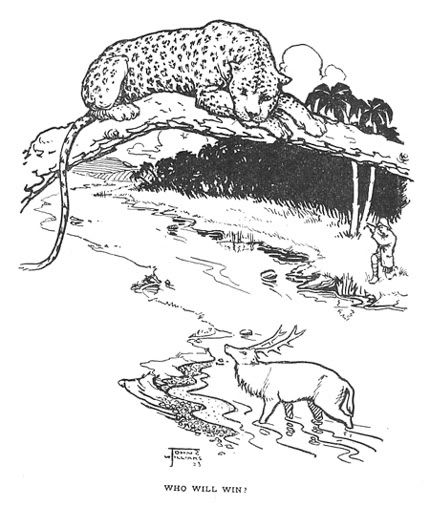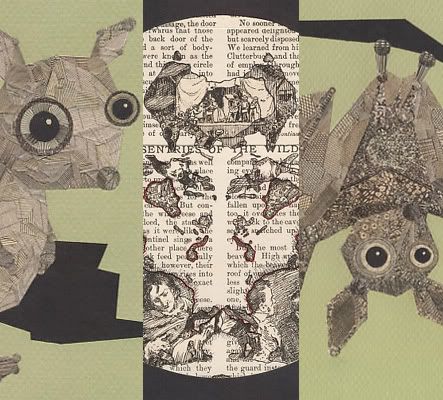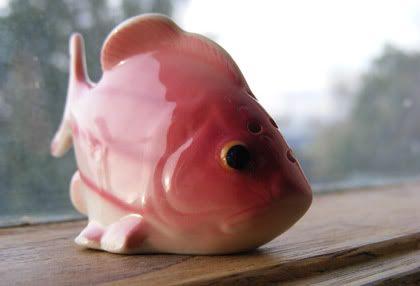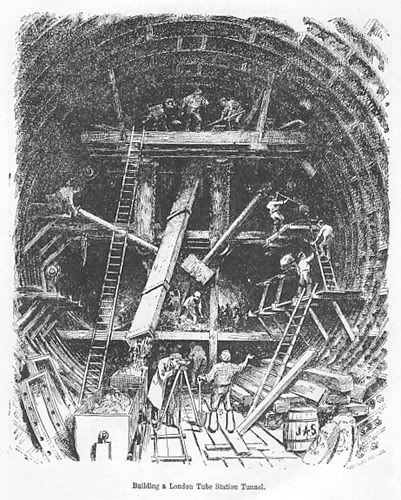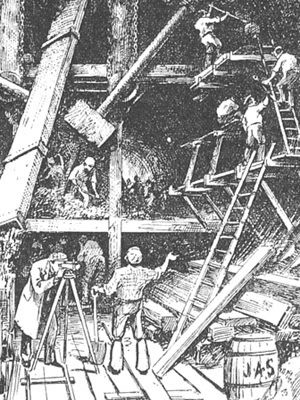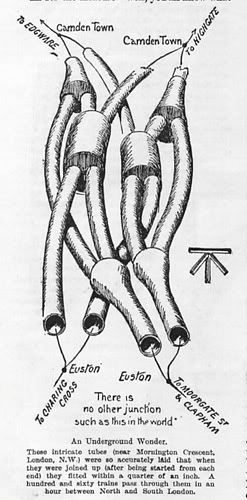 Image source: unknown contemporary magazine/newspaper advertisement c.1897+ Engraved by A.C.
Image source: unknown contemporary magazine/newspaper advertisement c.1897+ Engraved by A.C.Built in 1886 as a
temperance hotel on the south western corner of King and Collins streets, the Federal Coffee Palace served all manner of beverages except alcohol. Its construction was instigated by a leader of the temperance movement in Victoria, James Miriams. It was the finest coffee house in Melbourne attracting visitors from around Australia, the rich and famous including international visitors. The abstinence movement had waned by the early 1890s. In 1897 a liquor license was acquired and it was renamed the Federal Palace Hotel.
The building's design was the result of a competition. The first prize winner, architectural firm Ellerker and Kilburn designed the exterior. The second prize winner,
William Pitt designed the interior. Some of Melbourne's finest Victorian buildings were Pitt designs including the still standing Princess Theatre (1887), the Rialto and Olderfleet buildings (1890). The Age newspaper at the time was full of high praise for the building deeming it one of Australia's 'most splendid'.
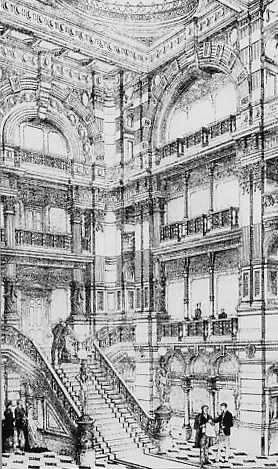 The lobby interior, entrance from Collins Street*
The lobby interior, entrance from Collins Street*The FPH was pulled down in 1972-73. For almost seven years after this it was used as a car park before being developed into an office block.
In the 1960s and 70s it was popular to pull down Victorian buildings deemed too large and old fashioned, and replace them with modern office blocks. We lost so many superb Victorian buildings this way though fortunately the
National Trust and general public now value and protect our architectural heritage from further erosion.
*Information source, interior image and recommended further reading:
Latta, David, Lost Glories: A Memorial to Forgotten Australian Buildings, Angus and Robertson Publishers, 1986

